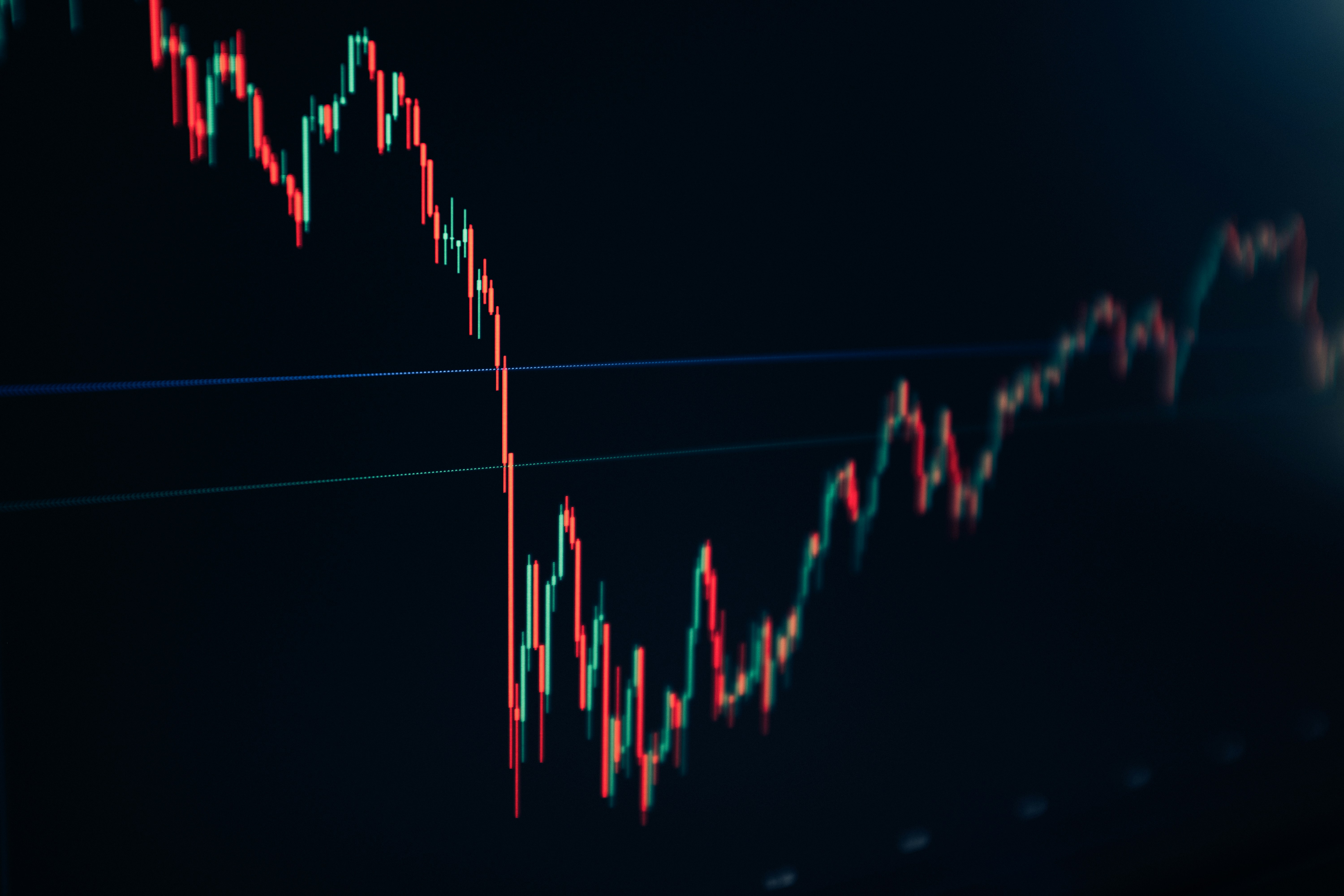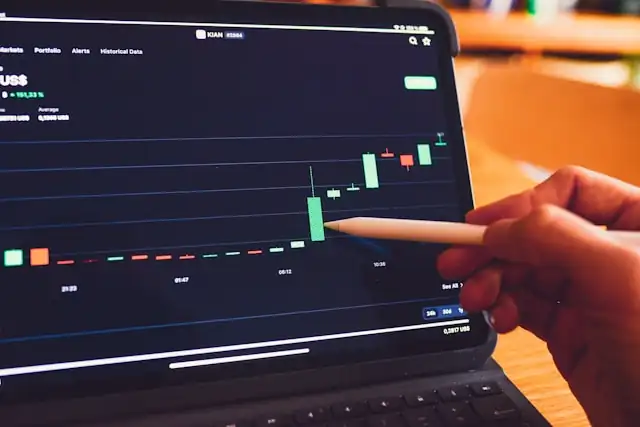Contact us
24/25, Rupchand Roy Steet,2nd Floor, Kolkata - 700007 (W.B.) India
Call Us
+91 93397 86306+91 98363 57711

Market volatility refers to the rapid and unpredictable changes in asset prices. It can be caused by various factors such as economic data releases, geopolitical events, or changes in investor sentiment. For instance, the 2008 financial crisis and the COVID-19 pandemic are examples of periods with extreme market volatility. While such times can be challenging, they also present opportunities for investors who remain informed and focused on their long-term goals. Staying calm and avoiding impulsive decisions is crucial during these periods.

Market trends are shaped by a combination of economic indicators, geopolitical events, and investor behavior. Tools like technical analysis (e.g., moving averages, RSI) can help identify patterns in price movements, while fundamental analysis (e.g., P/E ratio, earnings reports) provides insights into a company's financial health. Additionally, macroeconomic indicators such as GDP growth, inflation rates, and unemployment figures play a significant role in influencing market trends. Staying informed about these factors can help investors make more informed decisions.

Volatility creates opportunities for investors to buy undervalued assets. For instance, during market downturns, high-quality stocks may trade at a discount, offering attractive entry points. Identifying sectors with growth potential, such as technology or renewable energy, can also yield significant returns. However, it is essential to have a clear investment strategy and stick to it, even during turbulent times. Patience and discipline are key to capitalizing on market opportunities.
"In the midst of chaos, there is also opportunity." - Sun Tzu